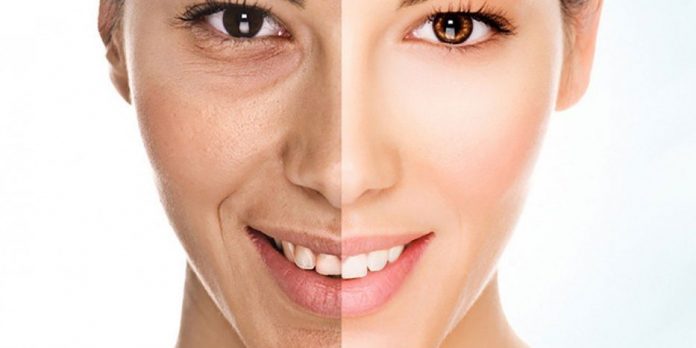Microdermabrasion is a very popular, machine-assisted skin-exfoliating treatment. Microdermabrasion has advantages of low risk and rapid recovery compared to the other more invasive resurfacing methods such as dermabrasion, chemical peeling, and laser resurfacing. Since microdermabrasion produces only a very superficial depth of skin removal, it works best on improving conditions on the surface of the skin such as early photoaging (sun damage), fine lines, age spots, acne, and superficial scarring. Although the face is the most common area for microdermabrasion, any skin area, including neck, chest, back, and hands, may be treated. Microdermabrasion is sometimes referred to as “microderm,” lunchtime peel, Parisian Peel, and Diamond Peel.
Microdermabrasion is a painless, noninvasive, skin-rejuvenation procedure using a combination of a fine abrasive tip or crystals and vacuum suction applied to the skin. Typically there are no needles or anesthetics required for microdermabrasion. The vacuum pressure and speed are adjusted depending on the sensitivity and tolerance of the skin. Microdermabrasion is often compared to the feeling of a cat licking your face, a rough but gentle texture. Typical microdermabrasion sessions can last anywhere from five to 60 minutes. Minimal or even no recovery time is required after microdermabrasion and most people immediately return to daily activity after a session. Makeup and nonirritating creams can usually be applied right after microdermabrasion. Studies have shown that microdermabrasion can even temporarily facilitate the absorption of some topical medications through increasing the permeability of the skin.
Microdermabrasion works by removing a few of the top layers of the skin called the stratum corneum. Much like brushing your teeth, a microderm helps to gently remove “plaque” and skin debris. Since human skin typically regenerates at approximately 30-day intervals, skin improvement with microdermabrasion is temporary and needs to be repeated at average intervals of two to four weeks for continued improvement. Multiple treatments in combination with sunscreen, sun avoidance, and other skin-care creams yield best results.
Microdermabrasion should not be confused with dermabrasion which is an invasive surgical procedure performed typically by dermatologists or plastic surgeons under local or general anesthesia. Dermabrasion is a procedure for deeper acne scars. Dermabrasion requires anesthesia and would be too painful otherwise. Dermabrasion is also performed for certain types of deep scars.

